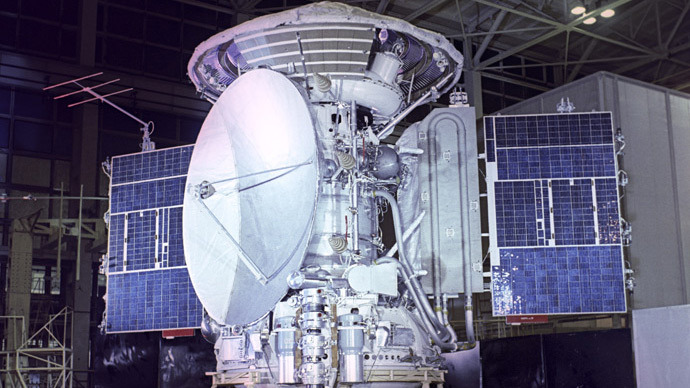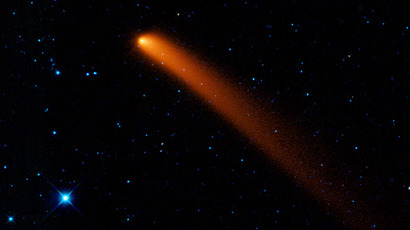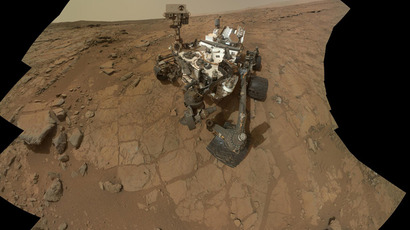Russian space fan may have found lost Soviet Mars probe in NASA photos

A Russian space enthusiast may have found a lost Soviet lander in photos taken by a NASA satellite orbiting Mars. Though some experts are skeptical, there is a chance that a Russian probe sent to Mars more than 40 years ago has been rediscovered.
While studying photos taken by NASA’s Mars Reconnaissance Orbiter (MRO) in 2007, Mars exploration enthusiast Vitaly Egorov managed to spot an object that resembled the long-lost Soviet Mars-3 probe, first sent to the Red Planet in 1971. The MRO has orbited Mars since 2006, and some of the photos it has taken have been published on NASA’s website for public viewing.
Egorov, the creator of a Curiosity rover fan page on Russia’s Vkontakte social network, shared the discovery he made last December with Professor Aleksandr Bazilevsky, who used his contacts at NASA to convince the US take new photos of the area believed to be the probe’s landing site.
Egorov reportedly found the vehicle in the exact location that Soviet scientists had predicted would be its landing site on Mars: 45 degrees South latitude, 158 degrees West longitude.

In the NASA satellite’s new photos – which have a resolution of about 25 centimeters per pixel and were taken on March 10 – several identifying details are visible: A drop bar with soft-landing engines, a heat shield, a parachute and the lander itself, measuring at about 1.5 meters in diameter.
Still, NASA experts are not entirely convinced the photos show the Mars-3 probe, as the finding could possibly be stones, rocks and other geological formations. Alfred McEwen of the University of Arizona, Tucson, who is in charge of the camera aboard NASA’s MRO, told AP that “we may not get a definitive answer,” as there is always the chance the photos may be incorrectly analyzed.
NASA scientists plan to contact their Russian counterparts to discuss the crash of the Mars-3 to get a better understanding of the landing process, and what went wrong afterwards.
Still, nothing can shutter Egorov’s enthusiasm, or his optimism about his discovery: “Pictures of the surface of Mars are for free use. I am interested in the stuff and I wanted to make it clear that to be a researcher of Mars it is enough to have access to the Internet and to put in a little effort,” he wrote on his blog.
He also stressed the importance of reminding younger generation of Russian achievements and contributions to the space sciences, since the only current newsmakers on Mars are NASA and its rovers.

The Mars-3 probe successfully landed on the Red Planet on December 2, 1971, but only functioned for 14.5 seconds, after which all communication with the vehicle was lost. It is believed that the electronics aboard the probe were fried by an electrical discharge created by the extremely dry environment on Mars.
Another Soviet probe, the Mars-2, crashed while landing on the Red Planet on November 27, 1971, becoming the first man-made object on Mars. The mysterious crash and failure of two successive Soviet Mars probes sparked speculation about the ‘curse of Mars,’ and that the vehicles had been destroyed by Martians.
















